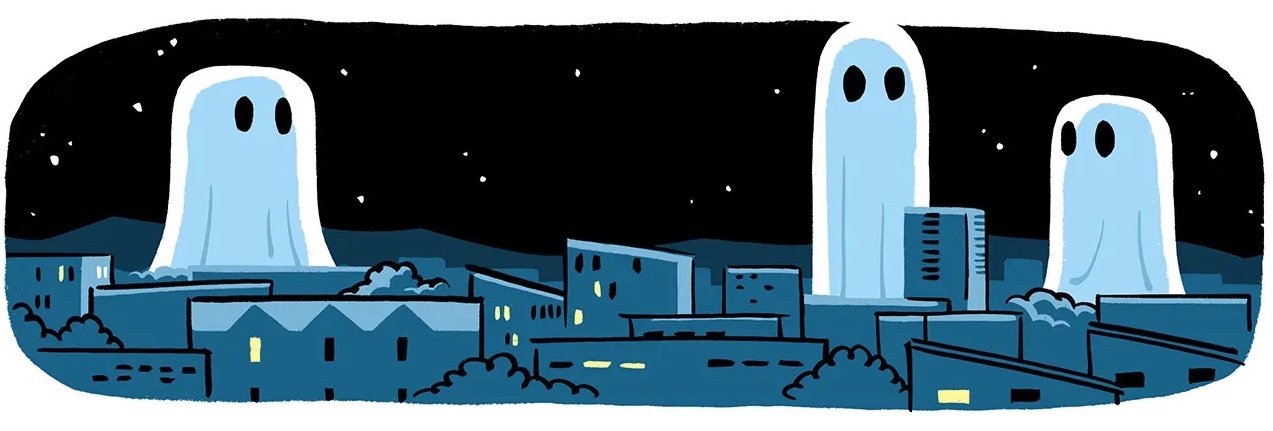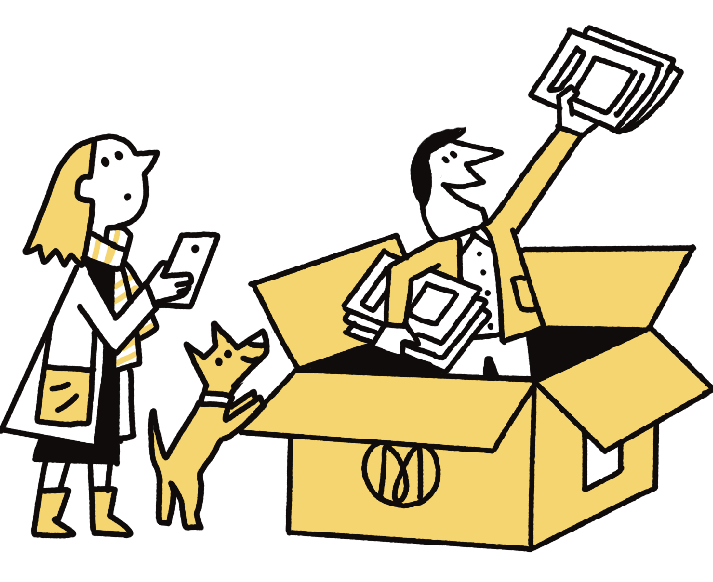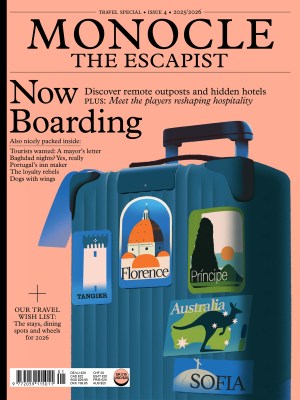How live music is helping to revive Thailand’s empty high-rises
In Khon Kaen, performance venues have found a new home in the clouds.
Listening to live music is a favourite pastime in Khon Kaen, a city in the northeast of Thailand – and the best seat in town is at the top of a tall building. Last year, music venue Kaenkaew Live House opened on the 28th floor of the Khon Kaen Innovation Centre. The 300-seat space has since hosted Thailand’s top musicians, from Slot Machine to Burin Boonvisut. Rock bands and pop stars performing to a full house marks a significant improvement on the building’s former tenants: wild bats and a few nesting birds.
For more than 20 years the Khon Kaen Innovation Centre was a concrete shell – a victim of the Asian financial crisis of 1997 that brought an end to a booming decade and halted construction across the bankrupt country. Plenty of these stalled projects have remained empty ever since. Most famous is Bangkok’s Sathorn Unique Tower, a windowless riverside apartment block, which is now being used as an advertising billboard to sell luxury products to those stuck in traffic while crossing King Taksin the Great Bridge.

Completing these ghost towers is not on the government’s agenda for now. Nevertheless, Khon Kaen provides a case study for the private sector – and a worthwhile pilgrimage for property owners of old towers. What to do with underutilised high-rises is one of the biggest sustainability issues facing the property industry. The Khon Kaen Innovation Centre’s prospects changed in 2018 when it was sold to Mitr Phol Group, one of the world’s largest sugar producers. The Bangkok-based corporation, a major investor and employer in the surrounding Isan region, spotted an opportunity for a regional HQ in a city-centre location. The project was handed to Heritage Estates, a commercial property developer that specialises in renovating office towers. “For a lot of people in Khon Kaen, the building stood as a constant reminder of what could have been,” says Gavin Vongkusolkit, Heritage Estates’ founder and managing director.
Two Heritage Estates-owned brands have become anchor tenants at the Khon Kaen Innovation Centre: the 120-key Ad Lib hotel and a Glowfish co-working space. “There are so many things that you can do on an operational level to be sustainable but it’s best to use old structures that are already there,” says Vongkusolkit. “No matter how many plastic straws you don’t use, it just can’t compare to reusing all of that concrete and steel.”
Knocking down a building can often end up being cheaper than repurposing it. According to Vongkusolkit, developers who are looking to implement adaptive reuse need to take a broader view of the potential benefits and returns on investment. Once an eyesore, the Khon Kaen Innovation Centre serves as an example of what Thailand’s ghost towers can become and is a symbol of a city on the up. Khon Kaen Airport has opened its first international terminal and a high-speed rail link connecting southern China to Bangkok is due to stop nearby. As foreign interest in Khon Kaen grows, it won’t be long before the first overseas artist takes to the Kaenkaew stage and brings the house down, figuratively speaking.



